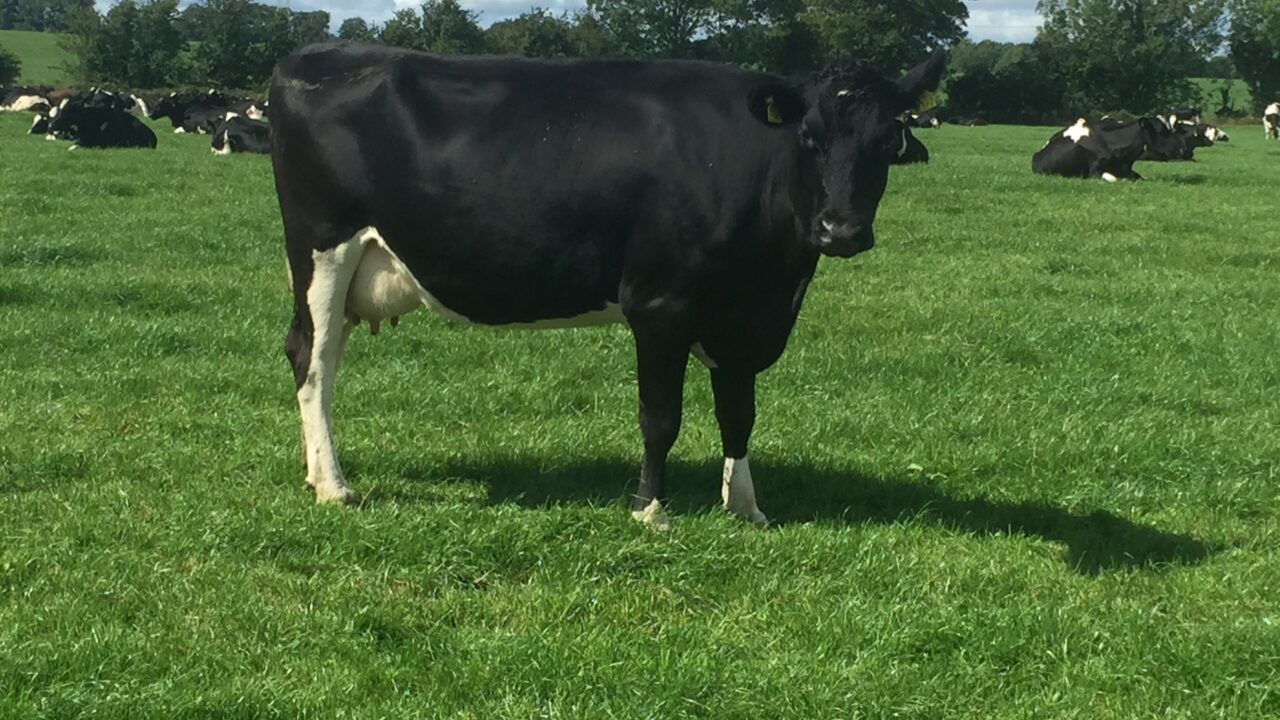Ireland’s best dairy farmers have very little room to make cutbacks during a difficult milk price year, according to Michael Brady of the Brady Group of agricultural consultants.
According to the Co. Cork-based advisor, these farmers have very little ‘wriggle’ room as the cows and soils still need to be fed to avoid problems down the road.
Speaking to Agriland recently Brady said that these farms are faced with two options during a low milk price year, the first of which is to defer any expansion plans, especially if the farm is considering large scale expansion.
Delaying the expansion process could potentially allow dairy farmers to sell the additional replacement heifers to boost cash flow, he said, but added that cash flow is not a major issue on his clients farms at the current time.
The second step is to negotiate interest only repayments during a difficult year but, according to Brady, the banks are relatively slow on the uptake of this option as it is a new concept for farm banking.
However, Brady said that for that banks to even consider this option in advance dairy farmers must have properly prepared budgets to fully identify the need for this financial measure.
Milk price volatility
Milk price volatility may not be a major issue going forward as the majority of farmers are now aware that milk prices will peak and fall but, he added that, the five-year average milk price will have a greater impact.
“When we look back at 2015 in a historical sense the milk price for the calendar year will not be too bad. The milk price didn’t collapse till July, the 2015 average is still going to be 27-32c/L.
“The critical factor is the average milk price over the next five years, volatility is not as important if the milk price is above an average of 34c/L.”
Farm efficiency
Dairy expansion and efficiency are supposed to run hand-in-hand but what exactly is farm efficiency?
The UCD graduate gave an example of three different stocking arrangements for a 100ac dairy farm.
According to Brady, the three theoretical set-ups have almost the same capital, fixed, and variable costs along with a similar stocking rate, but have very different milk outputs.
- 70 cows and 30 heifers
- 80 cows and 20 heifers
- 84 cows and 16 heifers
The key to efficiency is making as much money as possible from the available assets, said Brady, so reducing the number of replacement heifers and increasing cow numbers will increase efficiency.
Advice to dairy struggling farmers
The Co. Cork-based advisor offered some simple advice to farmers and suggested that they should worry about putting food on the table first.
“Feed yourself first, feed the cows next and then whoever can turn off the light after that.”
Brady added that the only way to ensure that a farm stays financially fit is to focus on the cows during January to April of 2016, and this can only be done by putting in measures to address potential issues.

